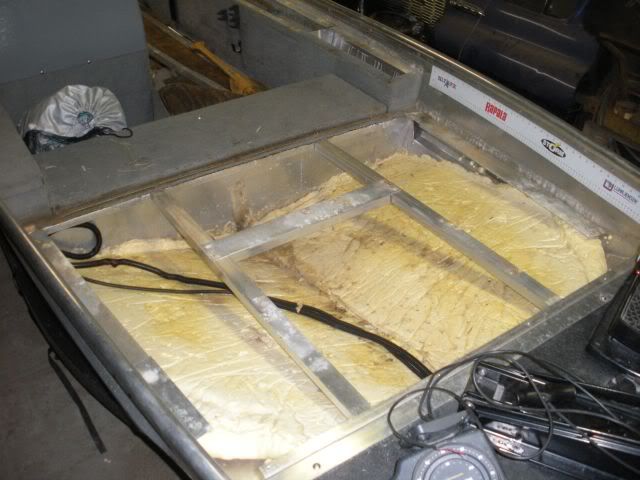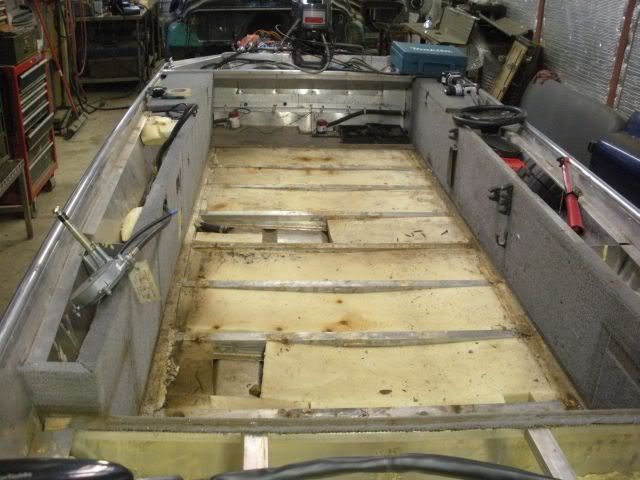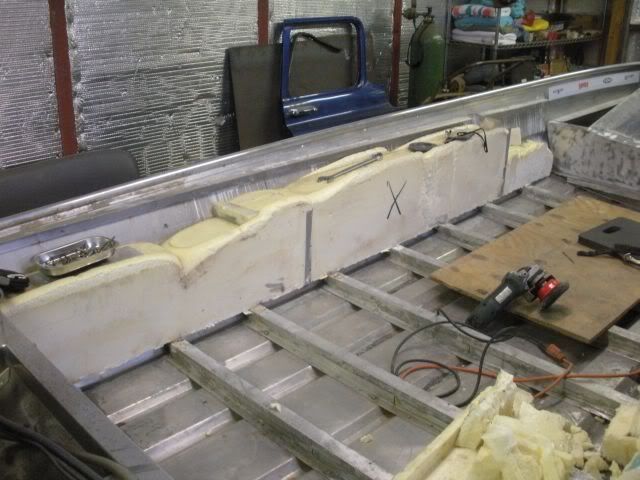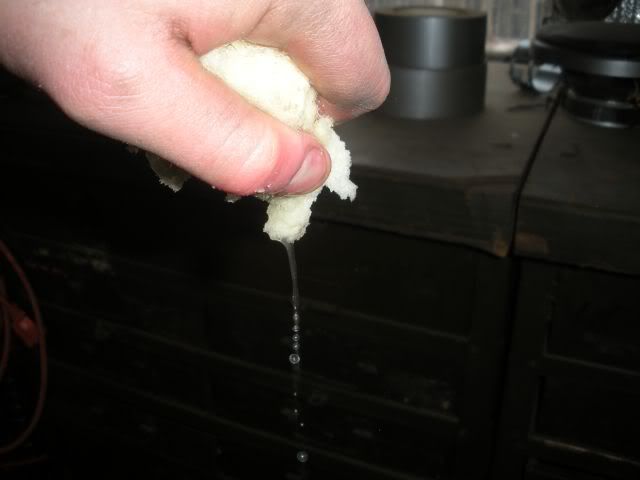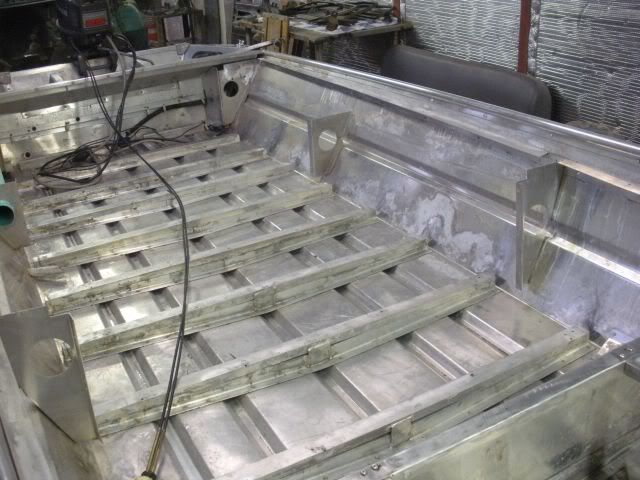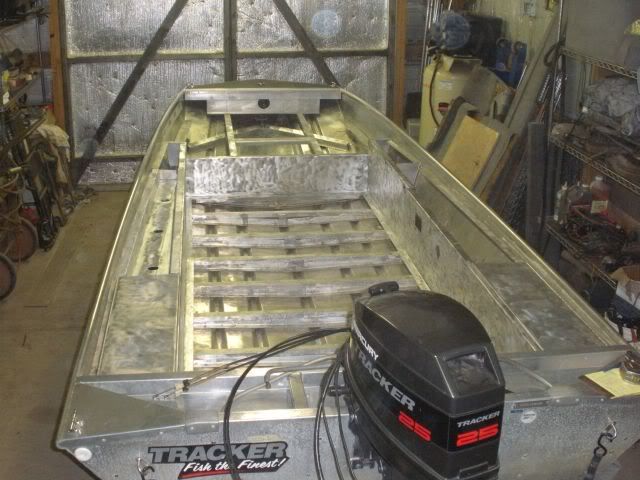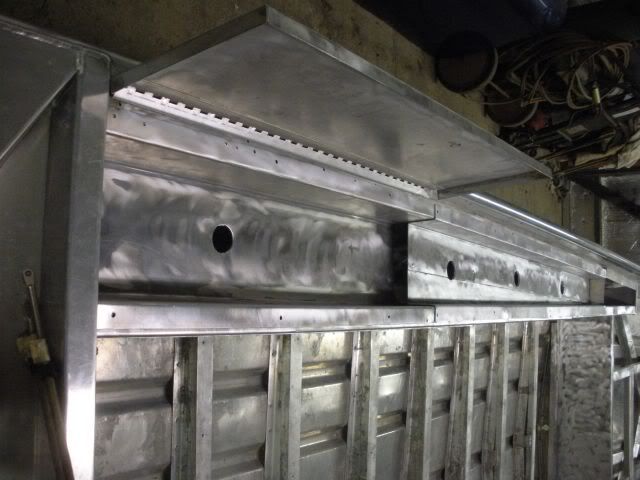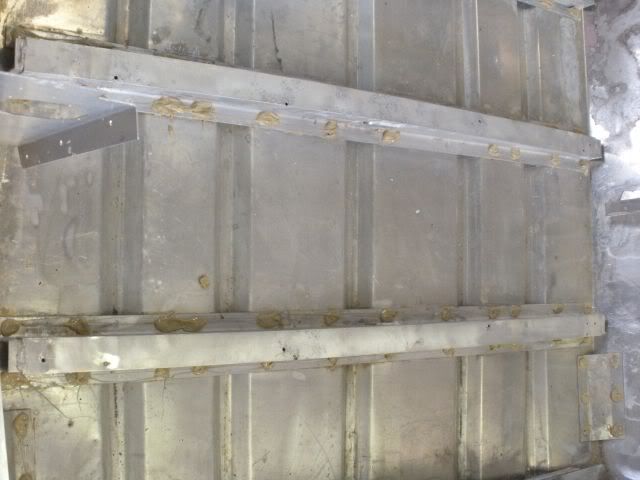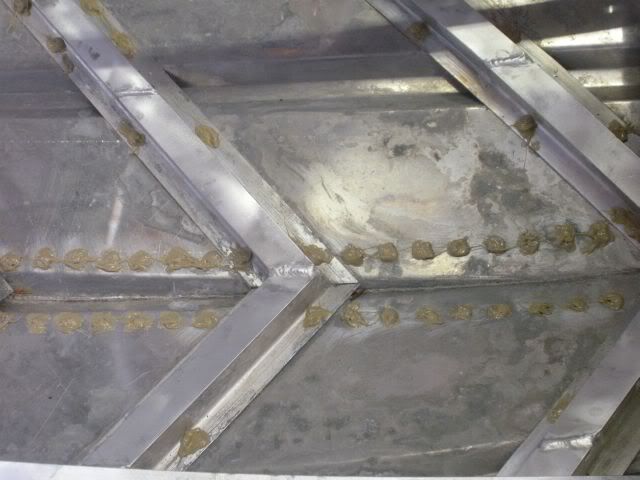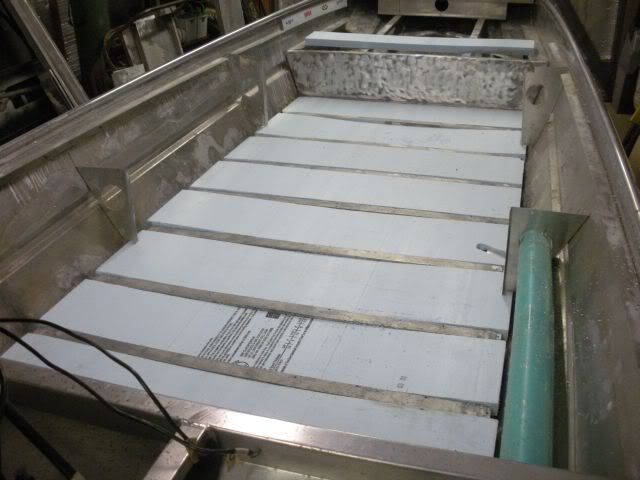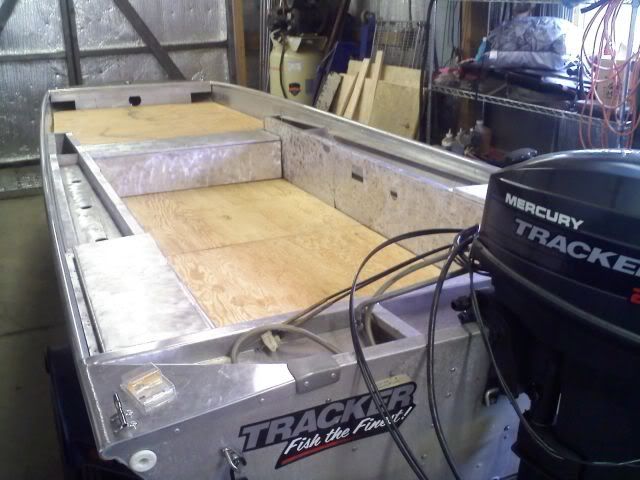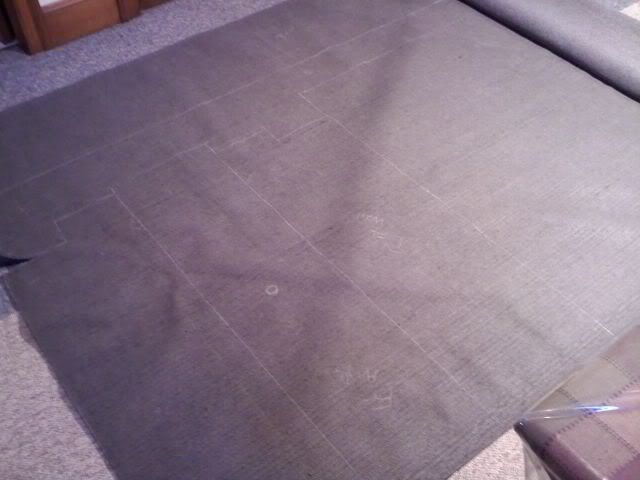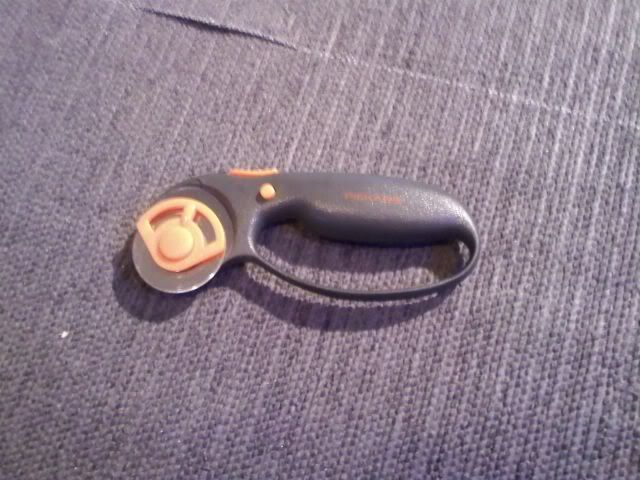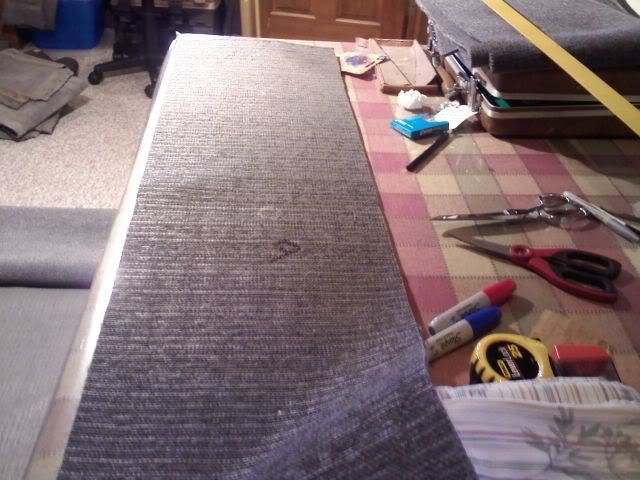srr5008
Well-known member
Well after months of lurking on this forum, I've finally started to tear down my boat with plans of restoring it to (mostly) original condition. This site has been in invaluable aid in dealing with the multitude of problems that I've encountered so far.
I bought the boat with the intention of being able to fish out of it for the next few years as-is, as it appeared to be in very good shape. The previous owner fished electric only, so the motor was shiny as a new penny under the hood. However, I noticed shortly after taking it out on my first run that with more than one person I couldn't get the boat on plane. Due to the good condition of the motor I suspected waterlogged wood/foam was the culprit. This suspicion was confirmed on the second trip when both of the seat pedestals ripped out of the rotten wood floors. Just goes to show that looks can be deceiving! Here's how she looked when I picked her up:
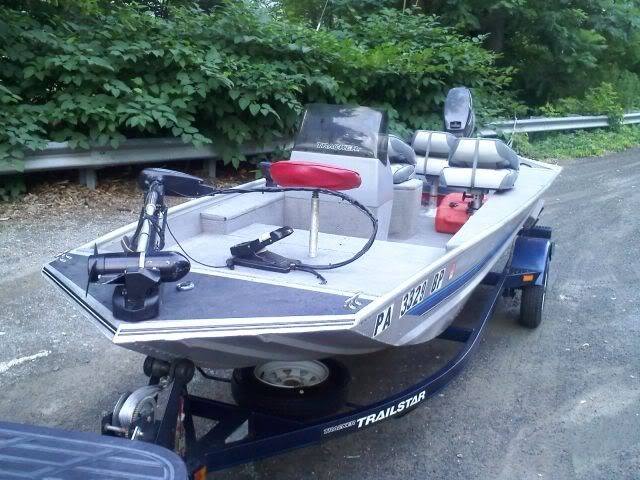
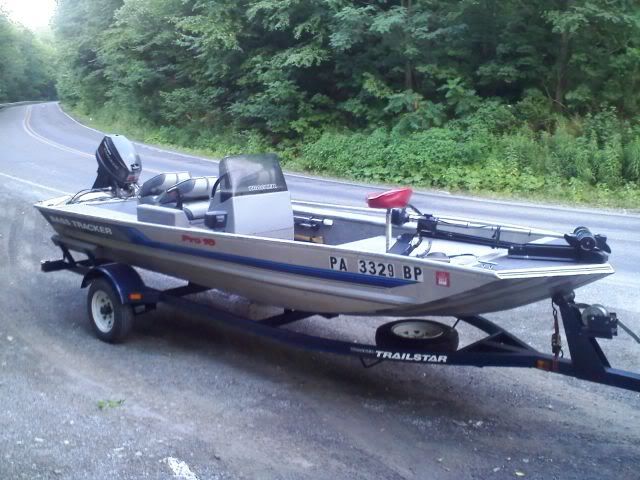
Practically new motor:
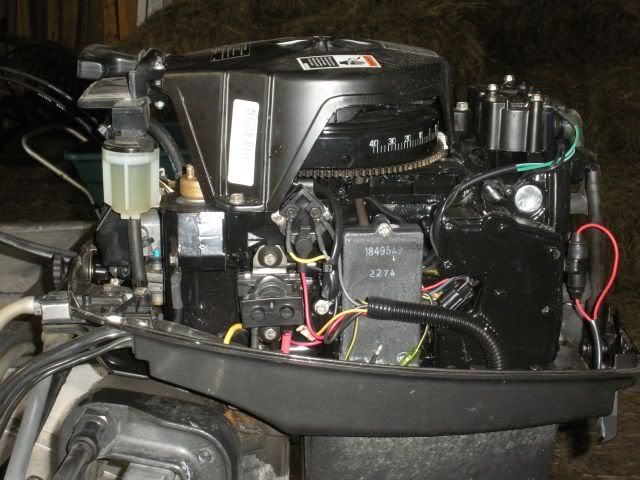
You can see here where the seat pedestal ripped out of the floor:
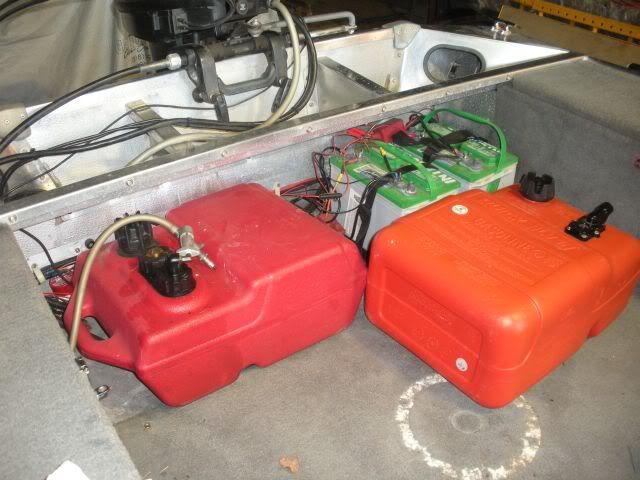
I bought the boat with the intention of being able to fish out of it for the next few years as-is, as it appeared to be in very good shape. The previous owner fished electric only, so the motor was shiny as a new penny under the hood. However, I noticed shortly after taking it out on my first run that with more than one person I couldn't get the boat on plane. Due to the good condition of the motor I suspected waterlogged wood/foam was the culprit. This suspicion was confirmed on the second trip when both of the seat pedestals ripped out of the rotten wood floors. Just goes to show that looks can be deceiving! Here's how she looked when I picked her up:


Practically new motor:

You can see here where the seat pedestal ripped out of the floor:



